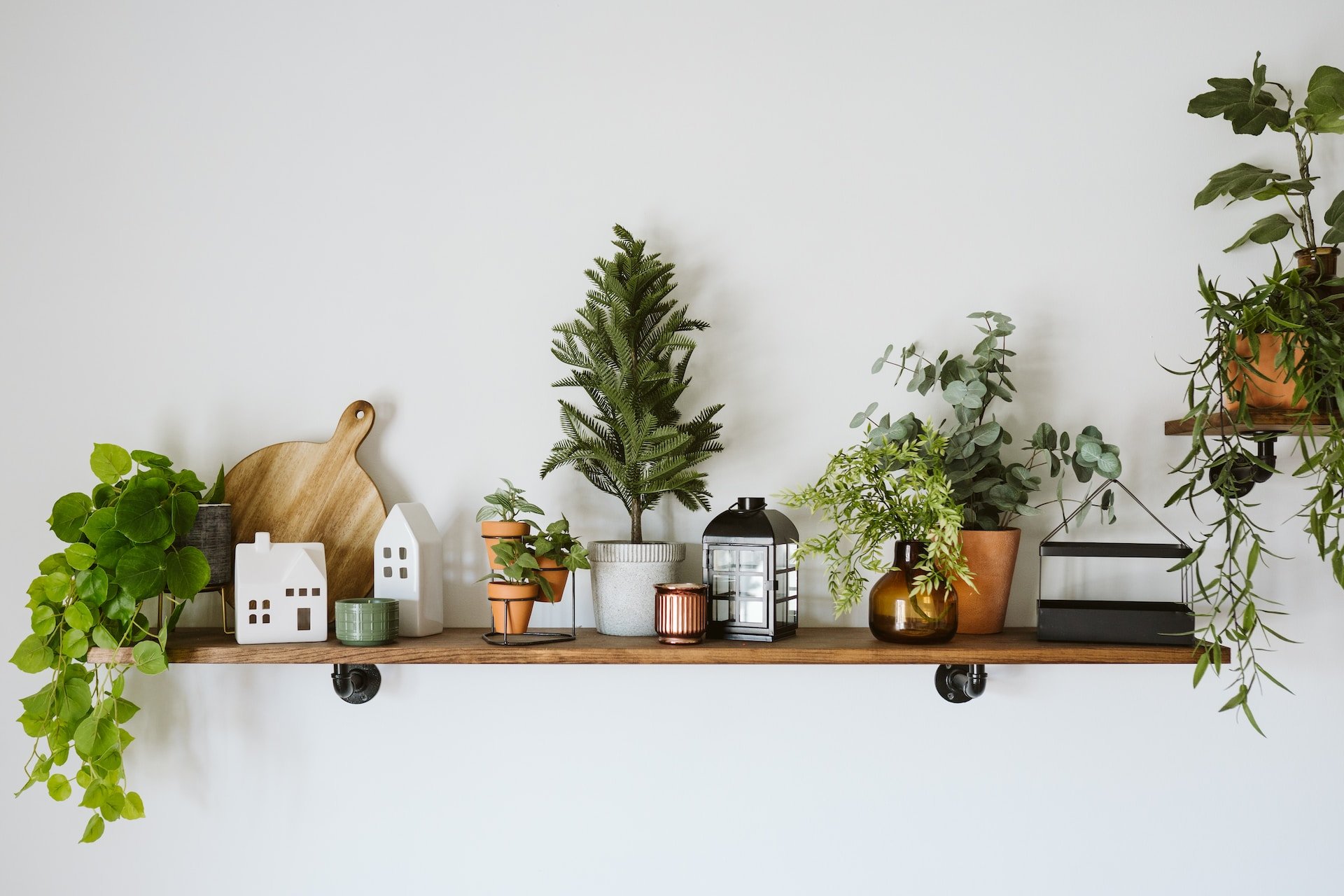Easy Steps to Green Your Home
Feeling overwhelmed? Don’t be! Take this one step at a time, if necessary. Some people prefer to take this one room at a time. Here are a few tips to get you started.
Improve the Quality of the Air in your home
Everything from furniture, cabinets, carpets, paints, and shower curtains outgases chemicals. As much as we try to avoid them, exposures will be inevitable. Protect your family by taking these simple steps to improve the quality of the indoor air you breathe.
Ventilate your home: Open windows regularly on low pollen, low pollution days to exchange the air inside your home.
Live without any unnecessary chemicals, especially harsh cleaning solutions, pesticides, and air “fresheners”.
Purchase quality air filters and change these filters frequently
Use the stove fan or open a window when cooking with gas
Always opt for “fragrance free” products when possible
Avoid products with chlorine bleach unless serious clean-up is required
Avoid furniture and other products made from plywood, which outgases formaldehyde and other toxins.
Do not burn scented candles and make sure candle wicks do not contain lead.
Do not shine shoes, paint nails, or do art projects with volatile chemicals indoors. Most should be avoided anyway, as a precaution.
Limit your use of dry clean only clothing if you can and use an organic dry cleaner if available. Any dry cleaned clothing should be removed from the bag and aired out outdoors or in the garage before allowed in your home.
Your fireplace could be a source of unwanted chemical exposure. Have it cleaned annually and use with caution.
Use zero VOC paints during any construction or renovations
Add some plants: Plants not only increase the oxygen in your home, they can also reduce levels of benzene and formaldehyde. English ivy, Boston ferns, and dwarf date palms, and ficus trees are great choices.
Buy non-PVC shower curtains and other household items and do not buy a crib mattress covered with vinyl.
Avoid nonstick cookware. If you choose to use it, cook at the lowest possible temperature, open windows, and run the stove fan.
Sleep on a non-toxic mattress and pillow. Many mattresses and pillows are made from toxic foams and heavily doused with flame retardants. Wool, cotton, and natural latex mattresses are available and pillows should be down or wool.
Have your home tested for radon
Minimize Household Dust
Any steps you take to reduce your exposure to household dust will be reducing your exposure to lead, pollens, and many other dangers.
Keep air filters running and serviced
Dust frequently
Replace carpeting with wood, tile, cork, or any cleanable surface. Carpet not only outgases toxic chemicals, it traps dirt, pollen, pesticides, and other
Clean floors with a damp mop or use a vacuum with a built-in Hepa filter
Given the option, do not live near a busy street. This dramatically increases your exposure to automobile exhaust and other toxins that accumulate in household dust and air.
Avoid the temptation to surround your baby with stuffed animals—some special toys are fine, but a room-full of dust collectors should be avoided. There are many adorable, washable toys that are both cuddly and safe!
Survey your Personal Beauty Products
A natural look is good not only for your skin but also for your baby. Shampoos, lotions, makeup, deodorants, and sunscreens are hidden sources of toxins readily absorbed through your skin. Chemicals entering your bloodstream will also reach your baby, so don’t apply anything without reading the label. Thankfully, there are wise choices in every category of personal care products. now.
If you find ingredients like parabens, phthalates, polyethylene glycol, propylene glycol, sodium lauryl sulfate, sodium laureth sulfate, BHT, BHA, fragrances, triclosan, boric acid, sodium borate, oxybenzone, 2-bromo-2-nitropropane, hydantoin, or any chemical you can’t pronounce, choose another product.
For a clean option for high-performing make-up and beauty products, we recommend Beautycounter as they screen every ingredient for safety, looking for information on specific hazards like cancer, developmental toxicity, hormone disruption, and infertility.
Avoid all hair spray, nail polish, perfume, and other unnecessary chemicals and always choose unscented products or those scented only with natural ingredients such as essential oils. Avoid nail salons and beauty parlors—your womb needs to be a safe haven for your baby. Now is not the time to dye your hair or get acrylic nails. Buffed nails look clean and professional and allow your nails to breathe, which reduces fungal infections.
If you work in a beauty salon, seriously consider a career change before you start a family or start your own salon using healthier, safer, products in a well-ventilated facility.
Use Non-Toxic Cleaning Products
You’d be amazed how many household cleaning tasks can be accomplished with vinegar and hot water, baking soda, lemon juice, or dish soap. Coconut oil can replace your toxic furniture polish and diatomaceous earth works on some difficult to clean surfaces like toilet bowls. For a store bought option, Branch Basics is clean and effective.



